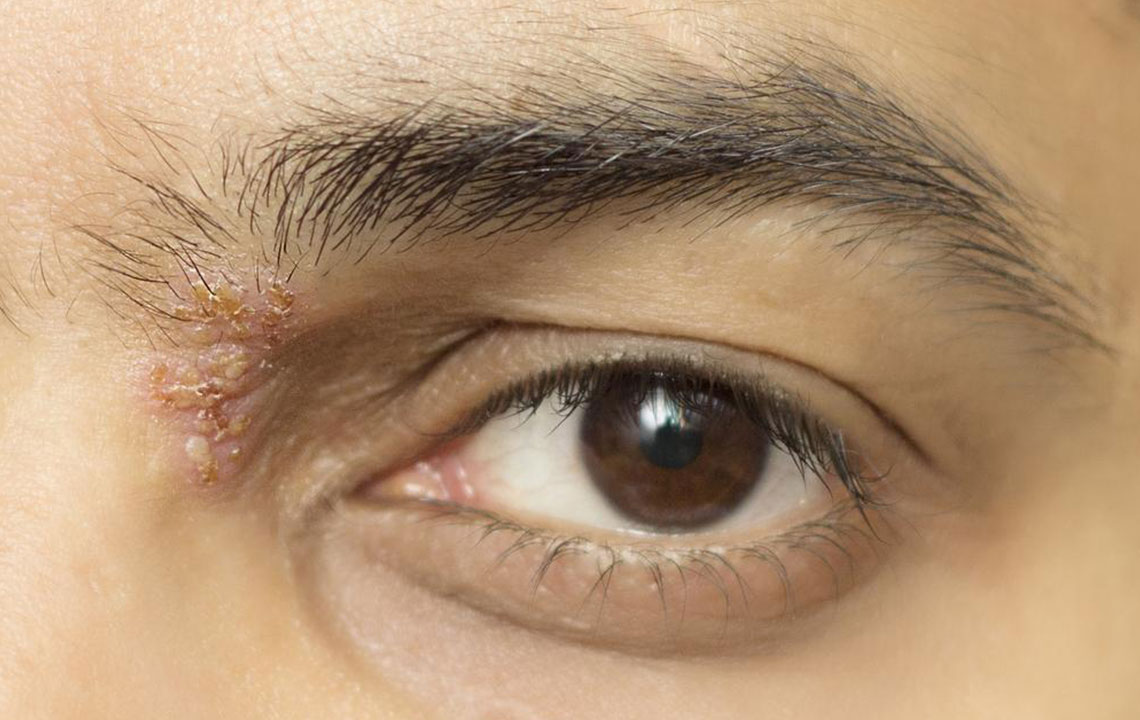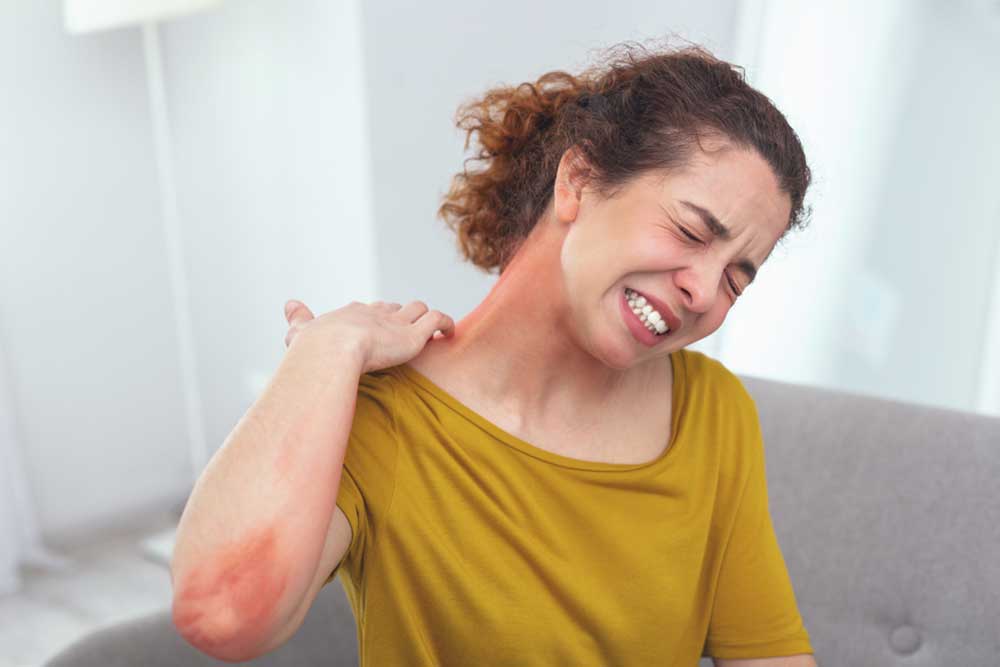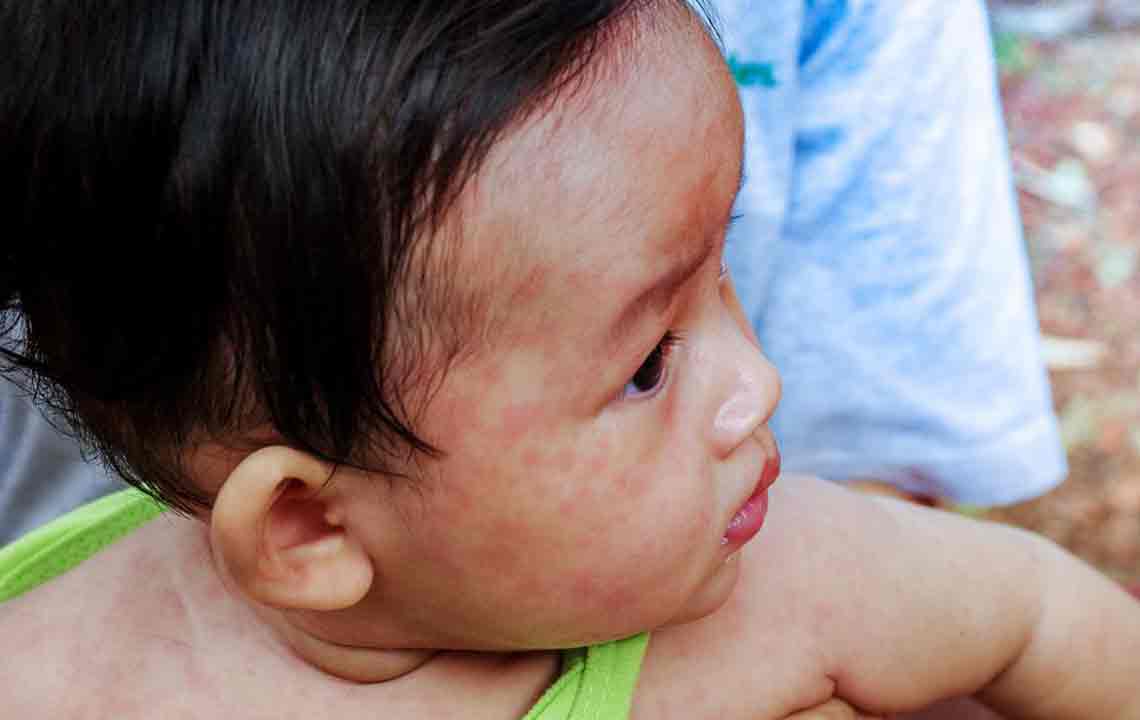Recognizing the Key Signs of Shingles: A Complete Guide
This detailed guide covers the main symptoms and stages of shingles, emphasizing the importance of early detection and treatment. It highlights how shingles manifests, including typical signs, associated complications like ophthalmic shingles and postherpetic neuralgia, and the benefits of early antiviral therapy and vaccination. Ideal for anyone at risk, this article helps readers recognize shingles early and seek prompt medical care to reduce severity and prevent long-term complications.

Recognizing the Key Signs of Shingles: A Complete Guide
Shingles results from the reactivation of the varicella-zoster virus, more commonly known as herpes zoster. Individuals who previously had chickenpox are at risk of developing shingles later in life. The virus remains dormant in nerve tissues and can become active again under certain conditions.
While anyone who had chickenpox could develop shingles, it predominantly affects older adults over 60. Those with compromised immune systems, such as cancer patients, HIV carriers, stress sufferers, and organ transplant recipients, are more vulnerable. Shingles often occurs when immunity drops.
The hallmark symptom is a painful rash localized typically on the torso or face.
The initial signs appear days before rash development. As shingles advances, a band or belt of blisters appears along a nerve pathway, frequently around the waist or chest. This distinctive 'shingles band' can stretch across a significant area on one side of the body.
Distinguishing shingles from ordinary rashes involves noting pain levels. While standard rashes are often painless and itchy, shingles causes intense, stabbing pain.
Stages and Symptoms of Shingles
Prodromal Stage: Early symptoms include pain, burning, tingling, or numbness on one side of the face or body, commencing days before the rash. Discomfort may occur in the chest, back, abdomen, neck, face, head, arms, or legs. Swollen lymph nodes and mild flu symptoms such as fatigue, chills, or gastrointestinal upset may accompany these sensations.
Active Stage: Characterized by the appearance of clusters of blisters on red patches, usually along a nerve route. The rash often forms a strip or band, with blisters containing clear fluid that turns cloudy after a few days. The rash may affect the face, including the cheeks, nose, or around the eye.
Ophthalmic Shingles: When the eyes are involved, urgent medical attention is crucial to prevent vision loss. Symptoms include redness, swelling, headache, and vision disturbances, with blisters forming around the eye, forehead, and nose. The blisters eventually crust over, and though shingles isn't contagious in its crusted phase, fluid contact can transmit chickenpox.
Healing takes about 2 to 4 weeks, but scars may remain. After the rash heals, some individuals develop postherpetic neuralgia, a chronic pain condition lasting months or years, often severe and impacting daily life.
Spread and Complications
Typically restricted to a specific area, shingles can, however, span multiple dermatomes—skin territories supplied by specific spinal nerves, especially when widespread or disseminated. This form resembles chickenpox more closely and covers larger areas.
Treatment Strategies
Early diagnosis and antiviral medication can shorten the outbreak and lessen severity. Symptomatic relief includes soothing lotions, cold compresses, and oatmeal baths for itching. Pain management with analgesics is vital during active and post-active phases. Vaccination for varicella (chickenpox) can help reduce future shingles risk. Consulting a healthcare professional upon noticing symptoms is essential for effective management.










